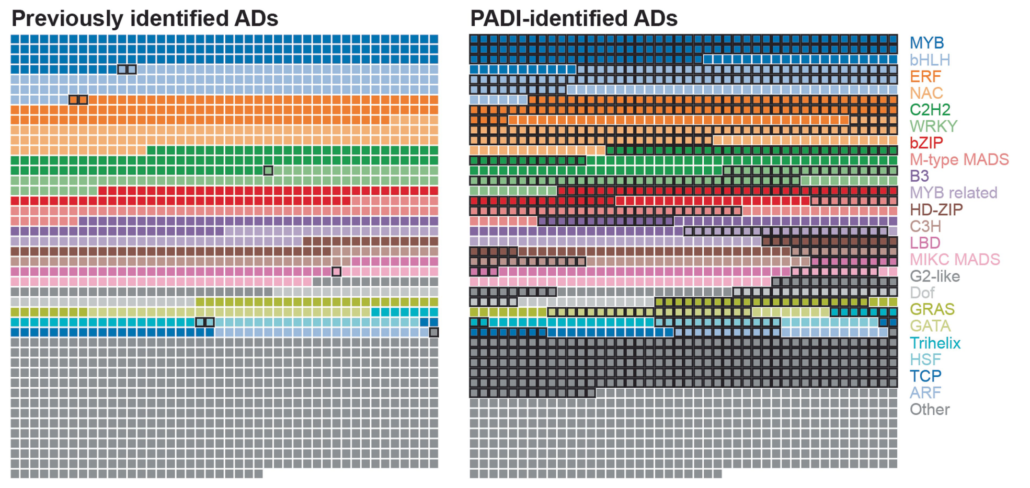
Identification of plant transcriptional activation domains
Plant Science Research WeeklyActivation domains (AD) are parts of transcription factor proteins (TFs) that bind the transcriptional machinery (coactivator complexes) and lead to transcriptional activation. However, identifying ADs is challenging because they are often part of intrinsically disordered regions, which lack a defined…
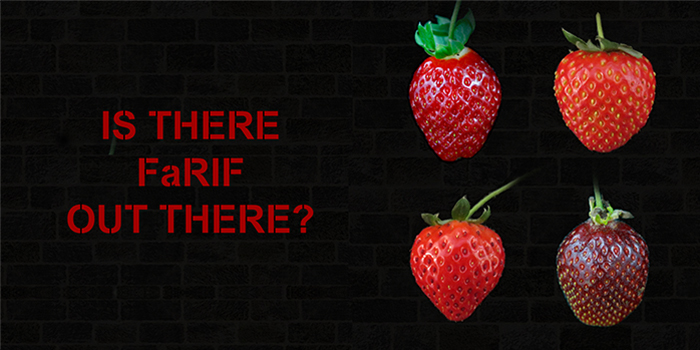
Look at those red, ripe, and yummy strawberries; Thanks FaRIF!
The Plant Cell: In a NutshellBy Carmen Martín-Pizarro and David Posé, Instituto de Hortofruticultura Subtropical y Mediterránea (IHSM), Universidad de Málaga-Consejo Superior de Investigaciones Científicas.
Background: Strawberry (Fragaria ´ ananassa) is one of the most important fruit crops worldwide, with a unique flavor…
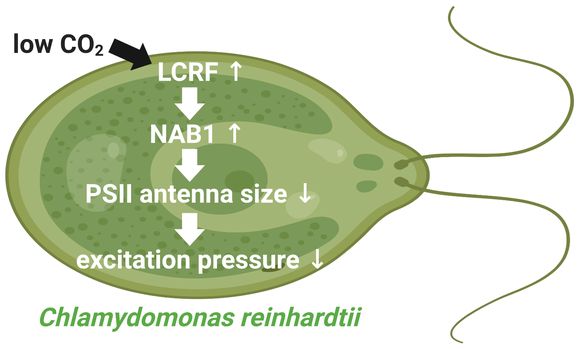
How algae adjust light harvesting efficiency to the prevailing supply of CO2
The Plant Cell: In a NutshellOlga Blifernez-Klassen and colleagues identify a minimal NAB1 promoter that confers responsiveness to low CO2 supply and the transcription factor LCRF that mediates NAB1 upregulation.
By Olga Blifernez-Klassen and Lutz Wobbe, Algae Biotechnology and Bioenergy, Bielefeld University, Faculty of Biology,…
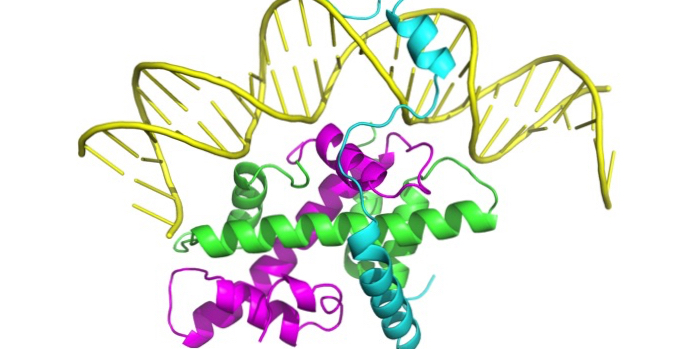
Molecular Mechanism for the CO-FT Module
The Plant Cell: In a NutshellLv et al. investigate the molecular basis for the specific regulation of FT by CONSTANS. The Plant Cell (2021) https://doi.org/10.1093/plcell/koab016
By Xinchen Lv and Jiamu Du
Background: During the floral transition, plants perceive various environmental and endogenous signals to trigger…
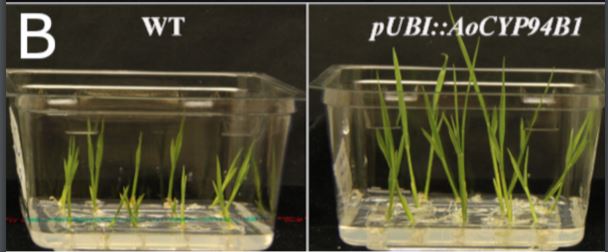
How a Mangrove tree can help to improve the salt tolerance of Arabidopsis and Rice
Blog, Plant Physiology, Plant Physiology: News and Views, ResearchAffiliation: University of Melbourne
ORCiD: 0000-0001-5092-6168
email: [email protected]
Mangrove trees live and thrive in intertidal zones, where they are regularly inundated with salt water. To survive such harsh environmental conditions, they have evolved several features to improve…

A Hub of Hubs: The Central Role of ZmABI19 in the Regulatory Network of Maize Grain Filling
Blog, The Plant Cell, The Plant Cell: In BriefCereal grains accumulate large amounts of proteins and starch and are a major source of dietary calories for humans and animals. In maize (Zea mays), most of the storage compounds are synthesized during the grain-filling period of kernel development. Several key transcription factors (TFs) that regulate…

ConnecTF: A platform to integrate transcription factor-gene interactions and validate regulatory networks (Plant Physiology)
Plant Science Research WeeklyConnecTF: A platform to integrate transcription factor-gene interactions and validate regulatory networks
Gene regulatory networks (GFNs) are complex beasts, integrating multiple components of transcription factors (TFs), regulatory loci, and function -- not to mention the myriad datasets and methodologies…

Ripe for the Picking: Finding the Gene Behind Variation in Strawberry Fruit Color
Blog, Research, The Plant Cell, The Plant Cell: In BriefSweet ripe strawberries (Fragaria spp.) come in colors ranging from deep burgundy to white and everything in between. Such variation attracts consumers and gardeners alike, making fruit color an important breeding target. Strawberry fruit receptacles vary in color due to different levels of anthocyanins.…

A DNA Methylation Reader with an Affinity for Salt Stress
Blog, Research, The Plant Cell, The Plant Cell: In BriefHigh levels of soil salinity lead to toxic accumulation of sodium (Na+) and chloride (Cl-) ions in plants, which adversely affect plant growth and yield. Plants use several strategies to cope with salt stress. These include removal and compartmentalization of toxic ions, and maintenance of growth and…

